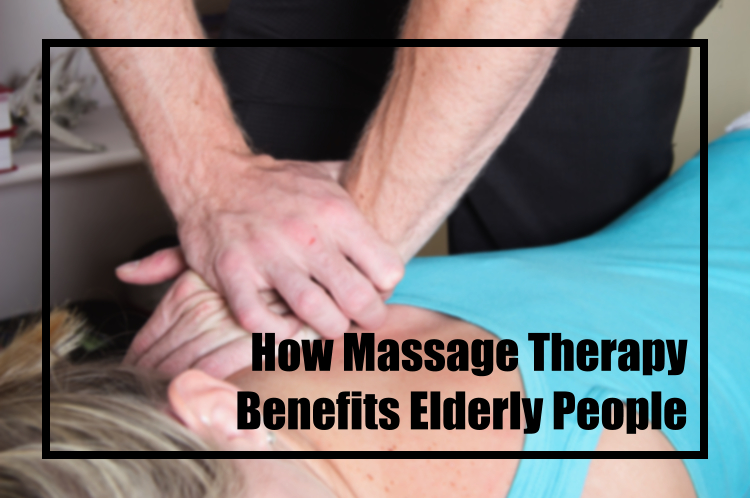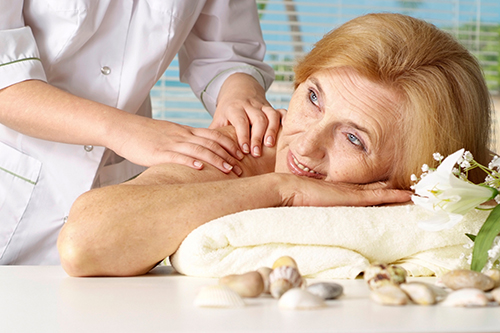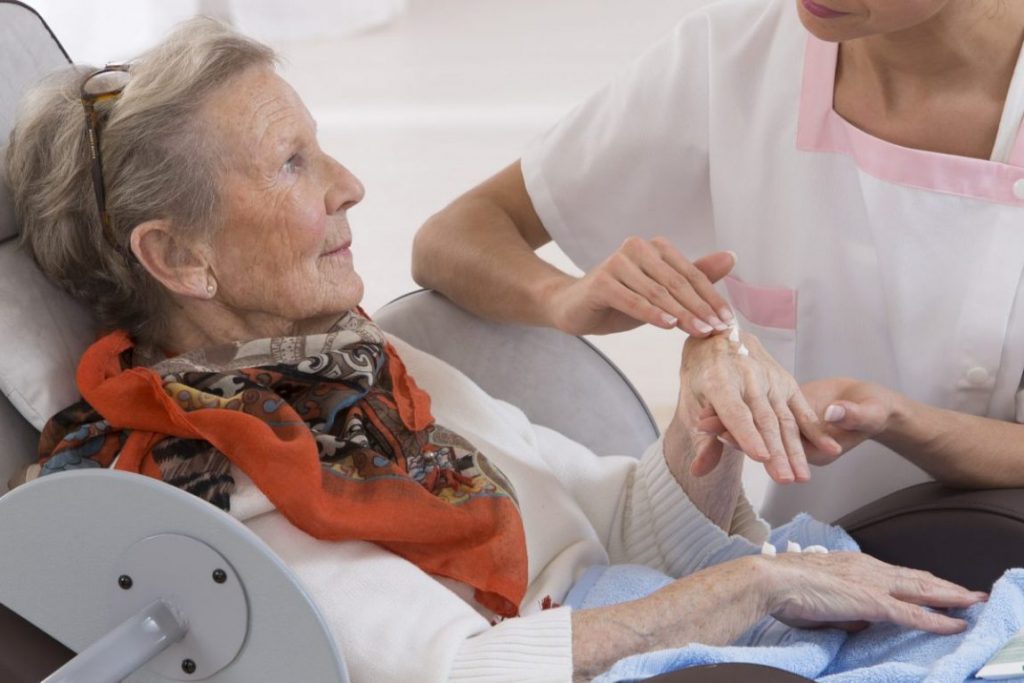Know About Massage Therapy For The Elderly
In very mild terms, massage is the manipulation of soft tissue and muscle of the body through hands. When done correctly, it brings several benefits to both the mind and the body. While anyone can do a simple hand massage or foot massage, genuine massage therapy requires a trained professional.
Unlike popular belief, massage therapy is not a new form of wellness. It has been utilised for centuries upon centuries. So much so, that there is a record of massages being used in the 2nd Century B.C. in China. Similarly, there are mentions of it in the ancient texts of India, Egypt, Rome, and Greece. Massage therapy has always been appropriated with conventional medicine to keep mind and body fit. Here – Check Out the therapeutic massage therapies for elder persons.
Now that a basic definition of massage is clear, we move on to the focus of this writeup. In this article, we emphasise the value of massage therapy for the elderly. It is one of the tools that is grossly underutilised to help ease the process of aging. We hope to shed some light on the benefits of it.
What Are The Paybacks Of Massage Therapy?
Before moving on to the benefits of massage therapy specifically for senior citizens, let’s understand the advantages it has for any person.

- A significant chunk of diseases have their roots firmly grounded in stress. Massage lower’s stress level in the body, and by relaxing the mind and the physical frame, it combats illness and diseases.
- Improves blood circulation and movement of other fluids in the body, which refreshes all crucial organs.
- Releases the tension help in overworked muscles.
- Lessens the recovery time on small injuries or impact of strenuous exercise.
- Releases endorphins in the body which not only help relax but also diminish pain.
- Improves the connection between mind and body.
- Makes the body more flexible by increasing the movement of joints and enhancing the motion of stiff muscles.
- Diminishes depression, anxiety, and tension,
- Lessens issues of blood pressure.
- Lessens the recovery time on small injuries or impact of strenuous exercise.
- Releases endorphins in the body which not only help relax but also diminish pain.
- Improves the connection between mind and body.
- Makes the body more flexible by increasing the movement of joints and enhancing the motion of stiff muscles.
- Diminishes depression, anxiety, and tension,
- Lessens issues of blood pressure.
How Does It Help Elderly?
As the body ages, it becomes less active. More often than not, physical activity done by seniors is minimal, which reduces body movement and impacts it negatively. Out of the many benefits of massage therapy listed above, there few that ring true for elders.
- Lower flexibility of joints is a common issue of age. It decreases mobility and leads to conditions such as arthritis. Massage therapy alleviates stiff joint and connections that creak. It enhances flexibility and increases the range of physical movement.
- Better blood circulation and other lymphatic system fluids send much-needed oxygen to muscles. This can decrease the chances of ailments of the heart. Moreover, if the elderly has undergone a surgery or recovering from an injury, better circulation through massage can stimulate recuperation.
- With age comes the burden of loss and change. For some, it translated into tension, anxiety, and depression. Regular massages can assuage depression and its symptoms by relaxing the mind.

Ultimately, massage can not only decrease the visible signs of age but also create a barrier for diseases that come with it.
How Does Massage Therapy Differ For Elderly?
When you dig deeper, it becomes apparent that the merits of massage and other therapies are endless for aged people just like for young individuals. That said, elderly massage is different than that meant for more active people. The needs and wants of a body above an age threshold are very different. It is why the massage therapist must be thoroughly knowledgeable of the mental and physiological requirements of the elder.
For instance, elders require more attention on specific points such as the joints. These places should only be worked with light pressuring using stretching, kneading, and stroking methods. Too much pressure and the joints will start to pain further for the elderly. The right motion and touch will help lubricate the joint, release the tension held within and relieve pain like that felt in arthritis.



